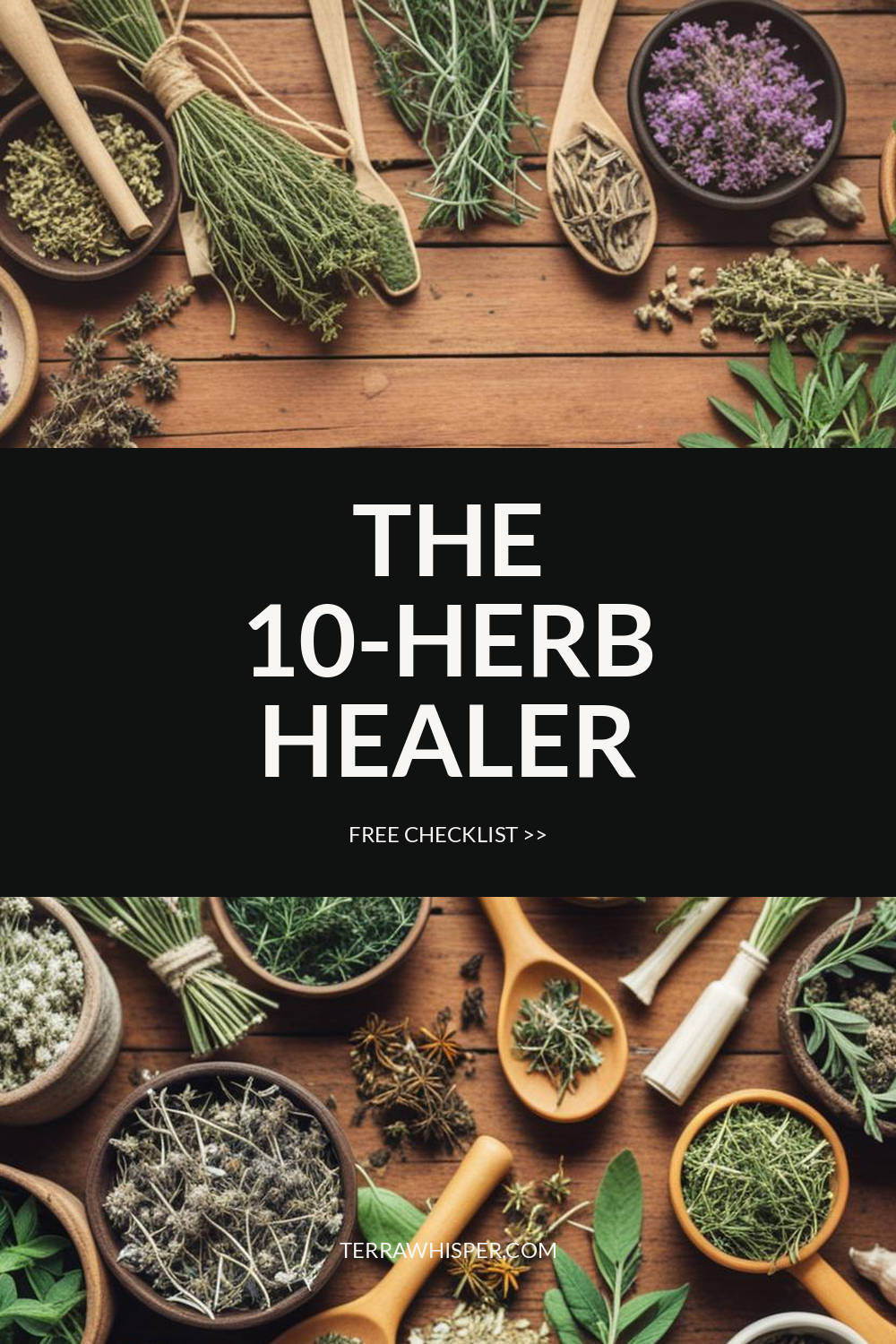Purple Coneflower (Echinacea Purpurea)
Information Reliability Score: 2/10
This score reflects the overall reliability of the information presented in this article. It is based on the quality of scientific evidence, accuracy of sources, and the transparency of references related to Echinacea purpurea.
Purple Coneflower, scientifically known as echinacea purpurea, is a flowering plant native to North America and widely recognized as a medicinal herb with adaptogenic properties. It is primarily valued for its immune-boosting effects, helping to reduce the severity and duration of colds and flu by stimulating the body's immune response. Historically, Native American tribes used it for treating infections, wounds, and as a general tonic for overall health, while early European settlers adopted its use for similar purposes. In modern wellness practices, it is commonly consumed as a herbal supplement, tea, or tincture to support respiratory health and enhance immunity. Notably, it contains unique compounds like alkamides and polysaccharides, which contribute to its therapeutic effects, and its distinctive conical flower shape and vibrant purple petals make it a popular choice in herbal medicine and botanical gardens.
FREE CHECKLIST
The Only 10 Herbs You Need to Heal 90% of Common Ailments.

